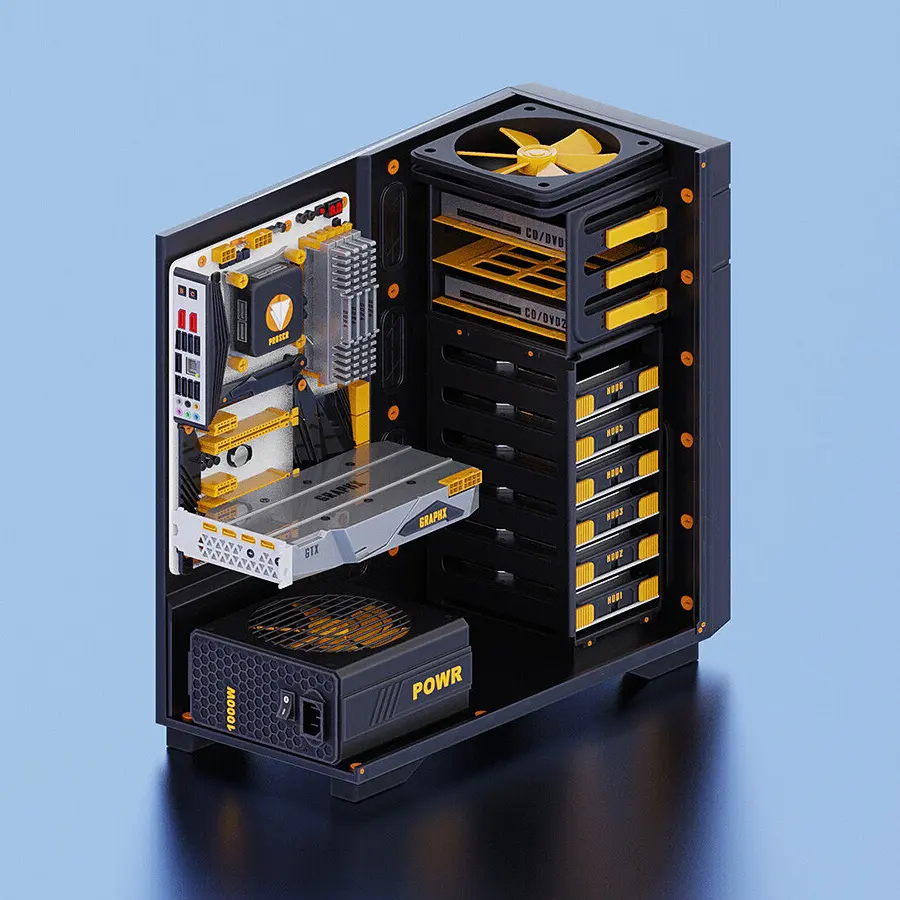I’m helping a family member upgrade their PC, and thought it might be good to get a second opinion on it since I’m not a pro either when it comes to PC parts.
Here are the specs:
- Intel Core i5 6600K
- Nvidia GeForce GTX 970
- Samsung SSD 850 EVO 500GB (and a 2TB HDD)
- 2x4GB DDR4 RAM from Corsair
- ASUS Maximus VIII Ranger
- Corsair RM750i
Intent of the upgrade is to enhance gaming experience.
My first thought was to upgrade the SSD since 500GB isn’t a lot anyways and the product page of the 850 EVO says it has 540 MB/s read speed which doesn’t seem like a lot to me these days. Then also maybe the RAM, but I have no idea how much of an impact upgrading it has.
The other thing is upgrading CPU and/or GPU, but for that to be worth it I think you need to spend a lot more. I was thinking about giving them my RTX 3070 when I upgrade my own PC soon, in that case what would be a good CPU to go with it. Or would it be fine to just upgrade the GPU?


You can “sign up” by using the Windows 10 LTSC IoT edition, which also comes minus most of the Microsoft bloat.
http://massgrave.dev/.
A valid option, but one that brings its own issues and caveats to the table. Do their apps even run on IOT? Are they currently using that bloat? Will Steam/etc keep working on Win10 after support for the main edition ends? What about drivers, or a new printer, or whatever?
Not saying it’s a bad option, but it can’t just be thrown out as the singular solution to support ending.
It’s better than sticking with a regular install when the plug gets pulled. It may be better than trying to shoot for bullying 11 into working on that system, too.
There are no apps that will not run in IoT, however you may have to manually install a prerequisite first if something you use depends on some aspect of Windows which was cut. I have not yet found anything that could not be reinstalled manually if necessary, and that only needs to happen once per install. Even the Windows Store (which is missing by default on that edition) can be reinstalled with one Powershell command.
The only bloat that most people actually use is Edge, and regardless of anyone’s thoughts on the matter Edge does come with the IoT edition anyway so that’s moot. Here in reality, nobody gives a fuck about Copilot or Recall or Candy Crush or Solitaire Collection or OneDrive or an Office 365 trial, etc., and anyone twisted enough to actually want these things can just install them like any other app (except possibly Copilot, I think). The only difference is that these things don’t get shoved down your throat by default.
Steam continued to support Windows XP for 5 years after the actual end-of-life of the OS, and Windows 7 for 4 additional years. Unless some technical reason forces them it seems unlikely we will not get a similar extended run for Win10 systems, especially considering that from most app support and API standpoints there is no mechanical difference between Windows 10 and Windows 11 anyway; certainly not to the extent that there is between Windows XP and, say, 7.
TL;DR: For the vast majority of end users, Win10 LTSC is a perfectly valid solution to their woes if they either can’t run or simply refuse to countenance Windows 11. Win10 LTSC will not get feature updates, but it will continue to receive security updates for 10 years according to M$.